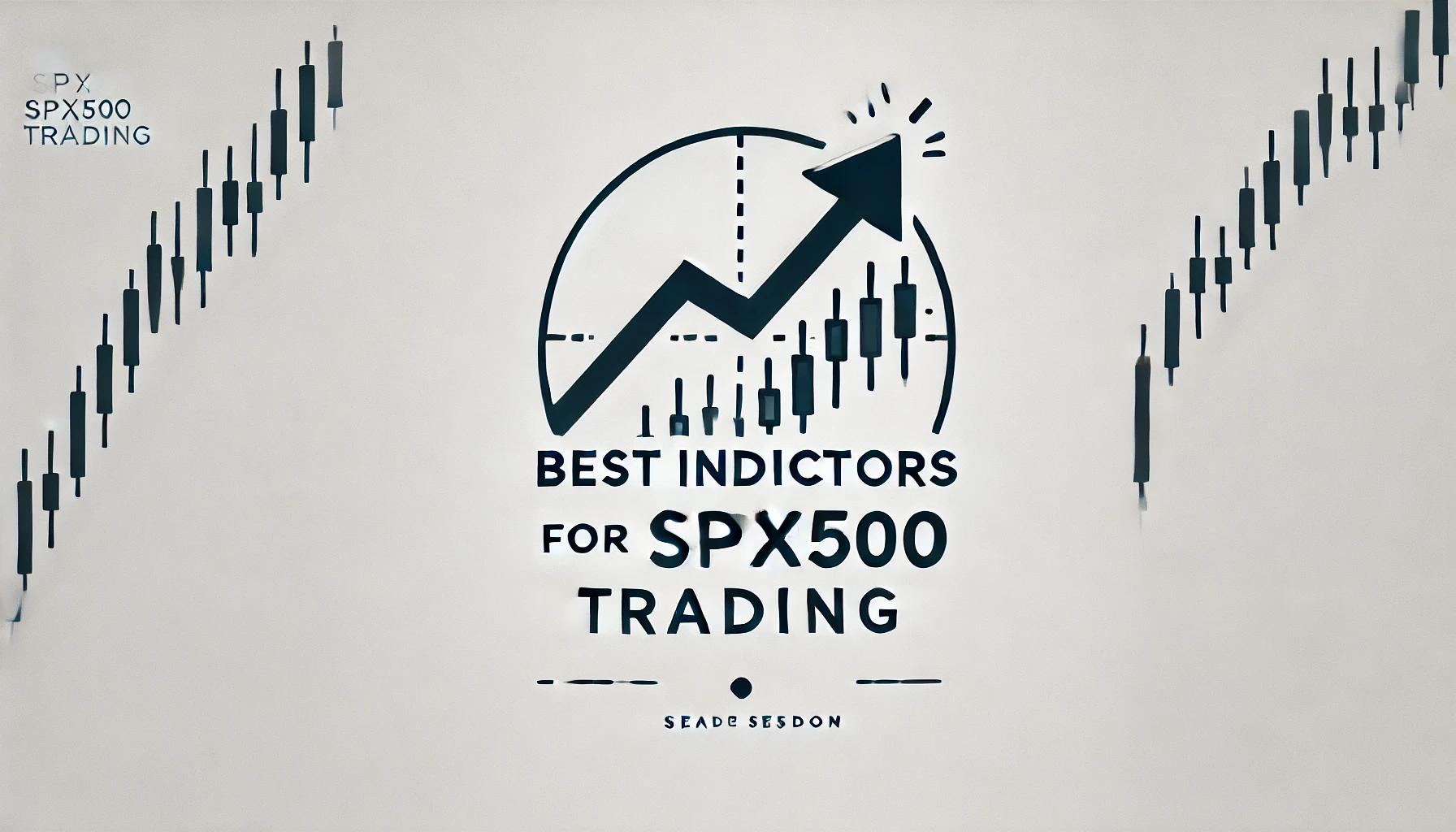Your cart is currently empty!
Best Indicators for SPX500 Trading

The SPX500, commonly known as the S&P 500, is one of the most popular indices for traders and investors, representing the 500 largest publicly traded companies in the U.S. The dynamic nature of the S&P 500 demands a strategic approach to trading, and technical indicators play a critical role in identifying potential market trends, entry and exit points, and risk management opportunities. This article will explore the best indicators for SPX500 trading, helping you enhance your strategies and make informed trading decisions.
1. Moving Averages (MA)
Moving Averages (MA) are some of the most widely used indicators in trading the SPX500. Moving averages help smooth out price data, making it easier to identify trends and potential reversals. There are two primary types of moving averages: Simple Moving Average (SMA) and Exponential Moving Average (EMA).
SMA: The Simple Moving Average calculates the average price of an asset over a specific number of periods. For SPX500, traders often use the 50-day and 200-day SMAs to identify long-term trends.
EMA: The Exponential Moving Average gives more weight to recent price data, making it more responsive to price changes. The 20-day and 50-day EMAs are popular choices for identifying short-term trends in the SPX500.
The crossover between different moving averages can signal potential buying or selling opportunities. For example, a “golden cross” occurs when a short-term moving average crosses above a long-term moving average, indicating a potential bullish trend.
2. Relative Strength Index (RSI)
The Relative Strength Index (RSI) is a momentum oscillator that measures the speed and change of price movements. It ranges from 0 to 100, with readings above 70 indicating overbought conditions and readings below 30 indicating oversold conditions.
RSI is particularly useful in SPX500 trading to identify potential reversals and overextended price movements. Traders often use RSI to confirm trends or spot divergences, which can signal a weakening trend and a possible reversal. For example, if the SPX500 is making new highs, but the RSI is not, this could indicate bearish divergence and a potential reversal.
3. Moving Average Convergence Divergence (MACD)
The Moving Average Convergence Divergence (MACD) is a popular indicator that combines moving averages to show the strength and direction of a trend. The MACD consists of two lines: the MACD line and the signal line, along with a histogram that represents the difference between the two lines.
When the MACD line crosses above the signal line, it is considered a bullish signal, indicating that momentum is shifting to the upside. Conversely, when the MACD line crosses below the signal line, it is considered a bearish signal. Traders use MACD to identify entry and exit points, as well as to confirm trend direction in SPX500 trading.
4. Bollinger Bands
Bollinger Bands are volatility indicators that consist of three lines: the middle band (usually a 20-day SMA) and two outer bands that represent standard deviations from the middle band. Bollinger Bands helps traders identify periods of high or low volatility and potential price reversals.
When the price of the SPX500 moves close to the upper band, it indicates that the market is overbought, and a reversal might occur. Conversely, when the price approaches the lower band, it indicates that the market is oversold, and a potential bounce could happen. Bollinger Bands are particularly useful in range-bound markets, allowing traders to capitalize on price fluctuations between support and resistance levels.
5. Fibonacci Retracement
Fibonacci retracement levels are used to identify potential support and resistance levels during a price correction. The key Fibonacci levels—23.6%, 38.2%, 50%, and 61.8%—help traders determine where the price might retrace before continuing in the direction of the overall trend.
For SPX500 trading, Fibonacci retracement levels are effective tools for identifying potential reversal points or entry opportunities during pullbacks. Traders often use these levels in combination with other indicators, such as moving averages or RSI, to confirm potential trade setups.
6. Average True Range (ATR)
The Average True Range (ATR) is a volatility indicator that measures the average range of price movement over a specific period. ATR is useful for identifying market volatility, which helps traders determine stop-loss levels and position sizes.
In SPX500 trading, ATR can be used to gauge how much the index might move within a given time frame. A higher ATR indicates increased volatility, while a lower ATR suggests lower volatility. Traders use ATR to set realistic stop-loss and take-profit levels, helping to manage risk more effectively.
7. Volume Profile
Volume profile is an advanced charting tool that shows the amount of trading activity at different price levels. By analyzing volume distribution, traders can identify key support and resistance levels, as well as areas where significant buying or selling has occurred.
In SPX500 trading, a volume profile can help identify areas of consolidation, potential breakout levels, and zones of strong support or resistance. Understanding how volume is distributed across different price levels can provide valuable insights into market sentiment and help traders make better decisions.
8. Combining Indicators for Better Results
While each of these indicators can be powerful on its own, the best results often come from combining multiple indicators to create a more comprehensive trading strategy. For example, using moving averages to identify trends, RSI to gauge momentum, and Bollinger Bands to assess volatility can provide a more well-rounded view of the market.
It’s important to avoid overcomplicating your charts by using too many indicators, as this can lead to conflicting signals and analysis paralysis. Instead, focus on a few key indicators that complement each other and align with your trading style and goals.
9. Conclusion: Choosing the Best Indicators for SPX500 Trading
The SPX500 is a dynamic index that requires a strategic approach to trading. Using technical indicators such as Moving Averages, RSI, MACD, Bollinger Bands, Fibonacci Retracement, ATR, and Volume Profiles can help traders identify trends, potential reversals, and key levels in the market.
The best indicator for SPX500 trading ultimately depends on your trading style, risk tolerance, and market conditions. It’s important to test different indicators, combine them for confirmation, and develop a strategy that aligns with your goals. With practice and experience, you can enhance your ability to make informed trading decisions and achieve success in trading the SPX500.

Mr. Rajeev Prakash
Rajeev is a well-known astrologer based in central India who has a deep understanding of both personal and mundane astrology. His team has been closely monitoring the movements of various global financial markets, including equities, precious metals, currency pairs, yields, and treasury bonds.
